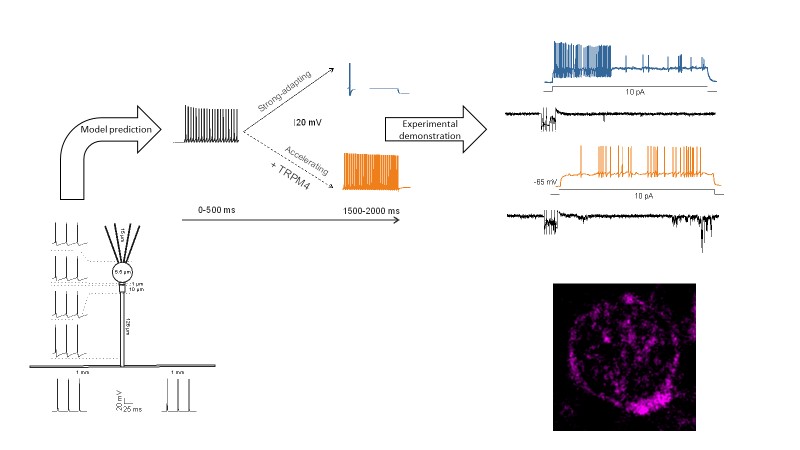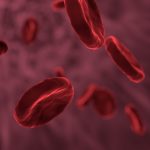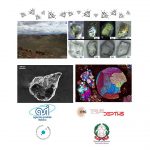La natura è sorprendente per la sua complessità anche nelle strutture cellulari più semplici. In una recente pubblicazione su «Nature Communications Biology», il team del Laboratorio di Neurofisiologia dell’Università di Pavia diretto dal Prof. Egidio D’Angelo (in una collaborazione con gli scienziati del Dipartimento di Scienze del Sistema Nervoso e del Comportamento1 e di Medicina Molecolare2 e Biologia e Biotecnologia “Lazzaro Spallanzani”3) ha scoperto una nuova proprietà delle cellule granulari cerebellari. (English below)
Questi neuroni sono i più numerosi del cervello e sono stati a lungo considerati i più semplici. Si pensava fossero trasduttori lineari di segnali in entrata, ma ciò si è rivelato non essere corretto. La modellazione matematica delle cellule granulari ha predetto l’espressione del canale ionico TRPM4, molecola di membrana che regola l’eccitabilità neuronale regolando il pattern di scarica. L’effetto teorico di TRPM4 è stato successivamente dimostrato con sofisticate registrazioni elettrofisiologiche e immunoistochimiche.
Le conseguenze di questa scoperta porteranno a modificare l’attuale teoria che sta alla base del funzionamento della rete cerebellare.
Questa rete è fondamentale per il controllo sensomotorio e la previsione sensoriale ed è tra i principali circuiti che consentono al cervello di operare in tempo reale e di imparare dagli errori.
La presenza di gruppi di neuroni finemente sintonizzati nello stadio di ingresso della rete può generare filtri adattativi e determinare la riconfigurazione spazio-temporale multidimensionale dei segnali di cui il cervello ha bisogno per operare in modo corretto.
Attraverso la rete di collaborazioni dello Human Brain Project, di cui il team del prof. D’Angelo è co-direttore, queste nuove proprietà cellulari verranno ora implementate in modelli su larga scala inseriti in controllori a circuito chiuso di neurorobot e di computer neuromorfi.
Stefano Masoli1, Marialuisa Tognolina1, Umberto Laforenza2, Francesco Moccia3, Egidio D’Angelo1. (2020) Parameter tuning differentiates granule cell subtypes enriching transmission properties at the cerebellum input stage. Nature Communications Biology 3, 222 (2020). DOI: DOI: 10.1038/s42003-020-0953-x.
https://www.nature.com/articles/s42003-020-0953-x
*Nell’immagine: Modello computazionale delle cellule granulari cerebellari composto da oltre 150 compartimenti elettrici che ospitano 9 diversi tipi di canali ionici e che prevede diversi stati funzionali del neurone. La previsione teorica della presenza del canale TRPM4 è stata confermata dalle registrazioni elettrofisiologiche in whole cell e dall’immunofluorescenza.
***
Computational modeling predicts unsuspected complexity in the simplest cells of the brain
The biological world is surprising for its complexity even in the simplest cellular structures. In a recent publication on «Nature Communications Biology», the team of the Neurophysiology Laboratory of the University of Pavia directed by Prof. Egidio D’Angelo (through a collaboration of scientists of the Department of Brain and Behavioral Science¹, Molecular Medicine², and Biology and Biotechnology³) has revealed a new unanticipated property of cerebellar granule cells.
These neurons are the most numerous of the brain and have long been thought to be the simplest. They have been said to be linear transducers of incoming signals, but this turned out to be wrong. Computational modeling predicted the unexpected expression of an ionic channel (TRPM4) enriching the discharge pattern of the neuron and this theoretical property has been subsequently demonstrated using advanced electrophysiological recordings (the ionic channels are membrane molecules that regulate neuronal excitability).
The consequences of this discovery are to modify the current understanding of the cerebellar network.
This network is fundamental for sensorimotor control and sensory prediction and is among the main circuits that allow the brain to operate in real time and to learn from errors.
The presence of finetuned neuronal populations at the input stage of the network can generate adaptive filters and determine the multidimensional spatiotemporal reconfiguration that the brain needs to operate.
Through a network of collaborations inside the Human Brain Project, these new cellular properties are now going to be implemented into large scale models inserted in close-loop controllers of neurorobots and neuromorphic computers.
Stefano Masoli1, Marialuisa Tognolina1, Umberto Laforenza2, Francesco Moccia3, Egidio D’Angelo1. (2020) Parameter tuning differentiates granule cell subtypes enriching transmission properties at the cerebellum input stage. Nature Communications Biology 3, 222 (2020). DOI: DOI: 10.1038/s42003-020-0953-x.
https://www.nature.com/articles/s42003-020-0953-x




